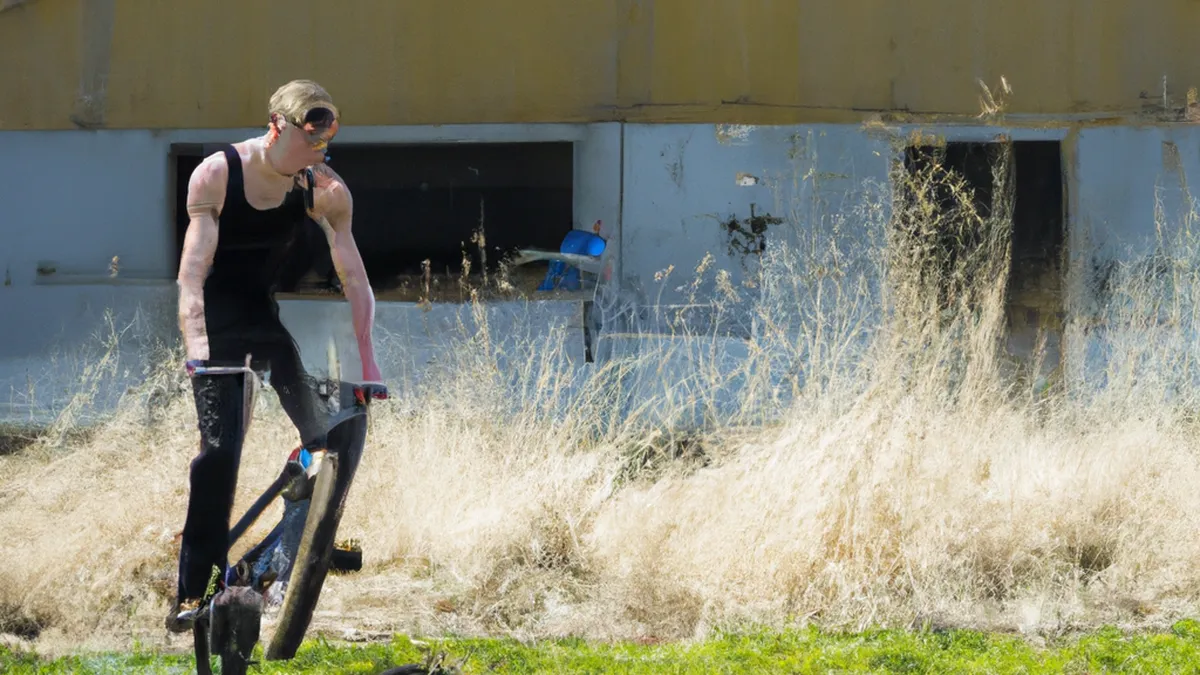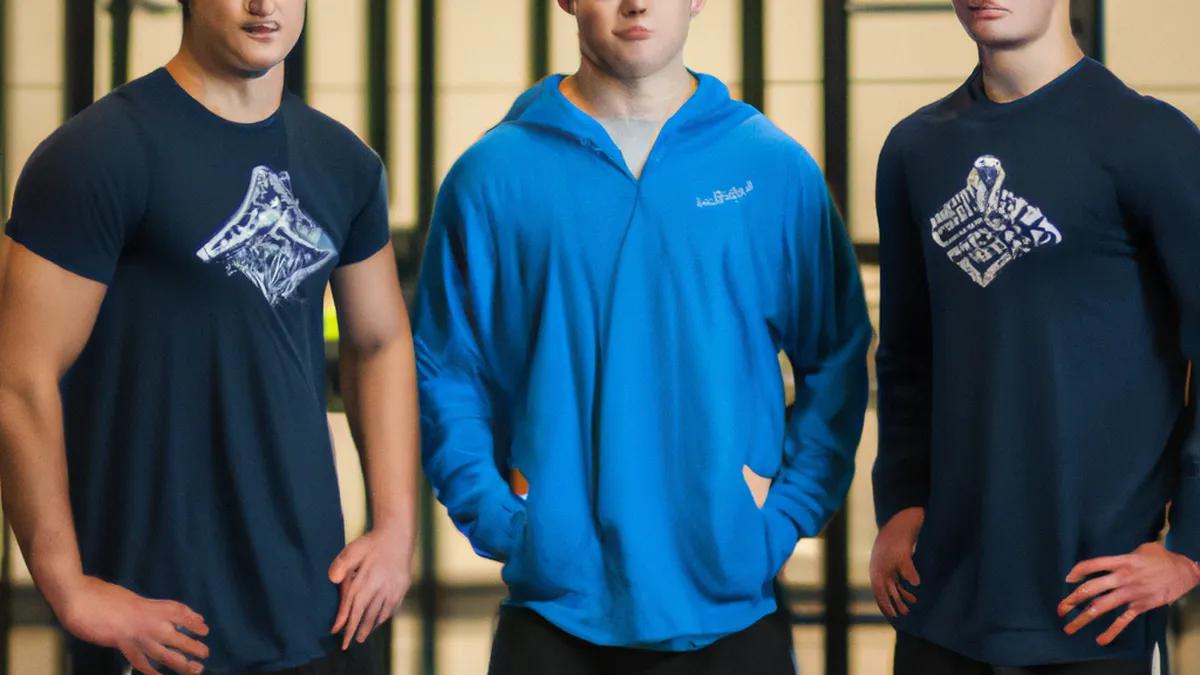Fall Training: Elevate Your Performance
Seasonal Training Adaptations: Maximize Your PerformanceAs seasons change, so do training needs. Each season brings challenges and opportunities that affect physical performance. Understanding seasonal adaptations enhances athletic performance, prevents injuries, and maintains motivation year-round. This guide helps you adjust your training as seasons shift, keeping you at your best.
Understanding Seasonal Changes
Weather and environmental conditions shift with the seasons, impacting training routines. Spring and summer offer longer days and warmer temperatures, encouraging outdoor activities. Conversely, fall and winter bring colder temperatures, shorter days, and harsh weather. These changes require adjustments to training plans for effectiveness and safety.
Temperature Effects
Temperature affects our ability to perform. During warmer months, increased sweating raises hydration needs to prevent dehydration. The cardiovascular system works harder to regulate body temperature, leading to quicker fatigue. In colder temperatures, muscle stiffness increases the risk of injury without proper warm-ups. Adjust training intensity and duration based on temperature for optimal performance and safety.
Daylight Hours
Daylight availability influences training schedules. Longer summer days allow for extended outdoor workouts, making evening runs and bike rides easier. In contrast, shorter winter days may require significant schedule adjustments. Early morning workouts become appealing for safer, lighter conditions. Indoor training options, like gyms or home workouts, also gain viability as daylight decreases.
Tips for Seasonal Training Adaptations
As an Amazon Associate I earn from qualifying purchases.
Gear tip: consider electrolyte mix, soft flask, and hydration tablets to support this topic.
Adapting training to the season enhances performance. Here are practical tips for effective adaptations:
1. Adjust Your Schedule
Plan workouts according to daylight availability. In summer, enjoy longer evenings for extended sessions. For morning workouts, schedule earlier to avoid daytime heat. In winter, aim for morning sessions when it’s safer and lighter. If outdoor activities become challenging due to snow or ice, shift to indoor alternatives or adjust workout times for safety.
2. Modify Your Gear
Choose appropriate clothing for comfort and performance. In hot weather, select lightweight, breathable, moisture-wicking fabrics to stay cool. In colder weather, layer clothing to retain warmth and protect against elements. Invest in high-quality gear like thermal running tights, insulated jackets, and moisture-wicking base layers to improve training experiences. Ensure footwear suits seasonal conditions.
Conclusion
Adapt your training to seasonal changes for improved performance. Follow these insights to stay safe and motivated throughout the year.
Below are related products based on this post:
FAQ
How do seasonal changes affect training routines?
Seasonal changes impact training routines by altering weather and environmental conditions. For instance, spring and summer provide warmer temperatures and longer days, while fall and winter bring colder weather and shorter daylight hours, necessitating adjustments in training plans for effectiveness and safety.
What should I consider regarding temperature during training?
Temperature plays a significant role in athletic performance. Warmer months require increased hydration to prevent dehydration due to sweating, while colder temperatures can lead to muscle stiffness, increasing the risk of injury without proper warm-ups. Adjusting training intensity and duration based on temperature is crucial for optimal performance.
What are some tips for adapting training to seasonal changes?
To adapt training effectively, plan workouts according to daylight availability and choose appropriate clothing. In summer, take advantage of longer evenings, while in winter, consider morning sessions for safety. Additionally, modify your gear to suit weather conditions, ensuring comfort and performance throughout the seasons.















Post Comment